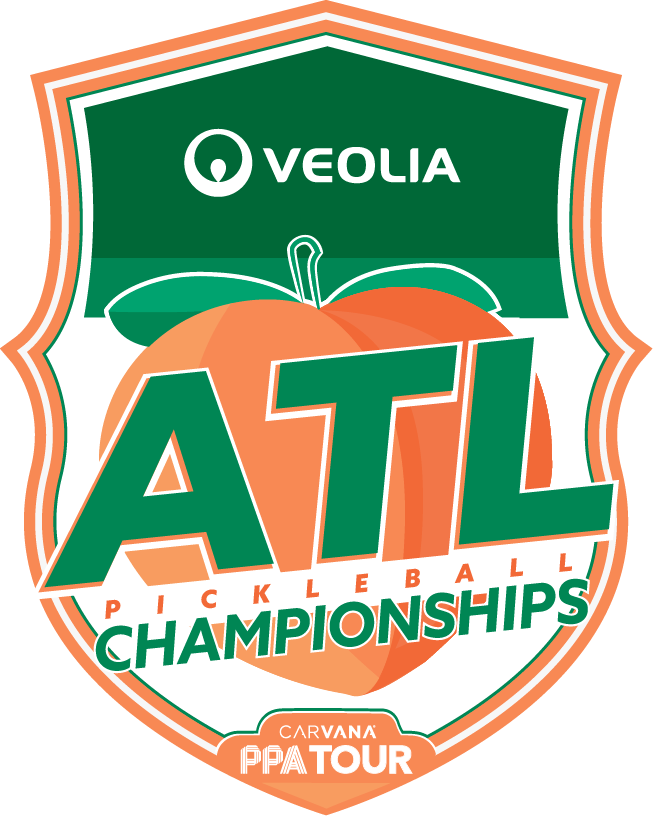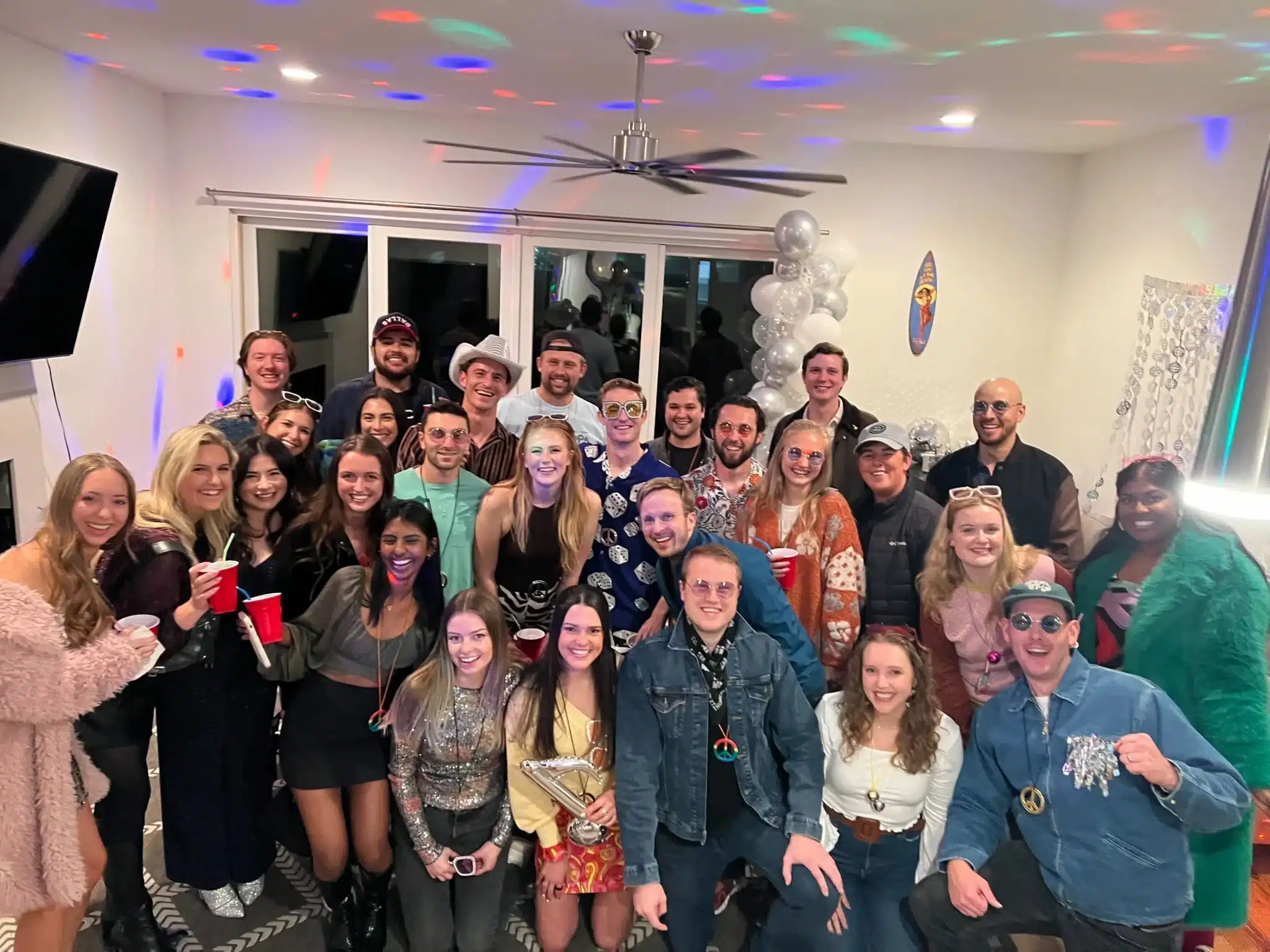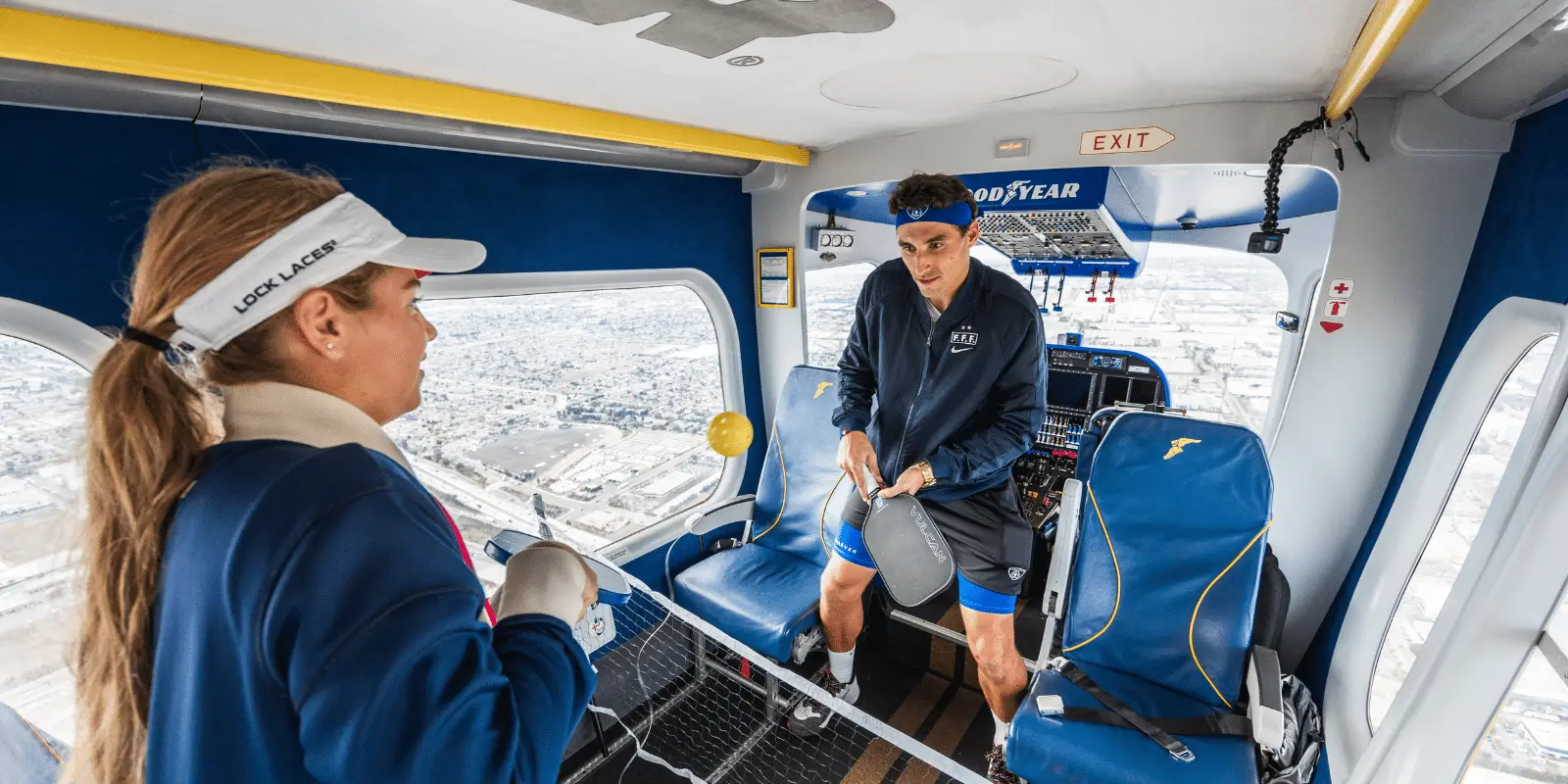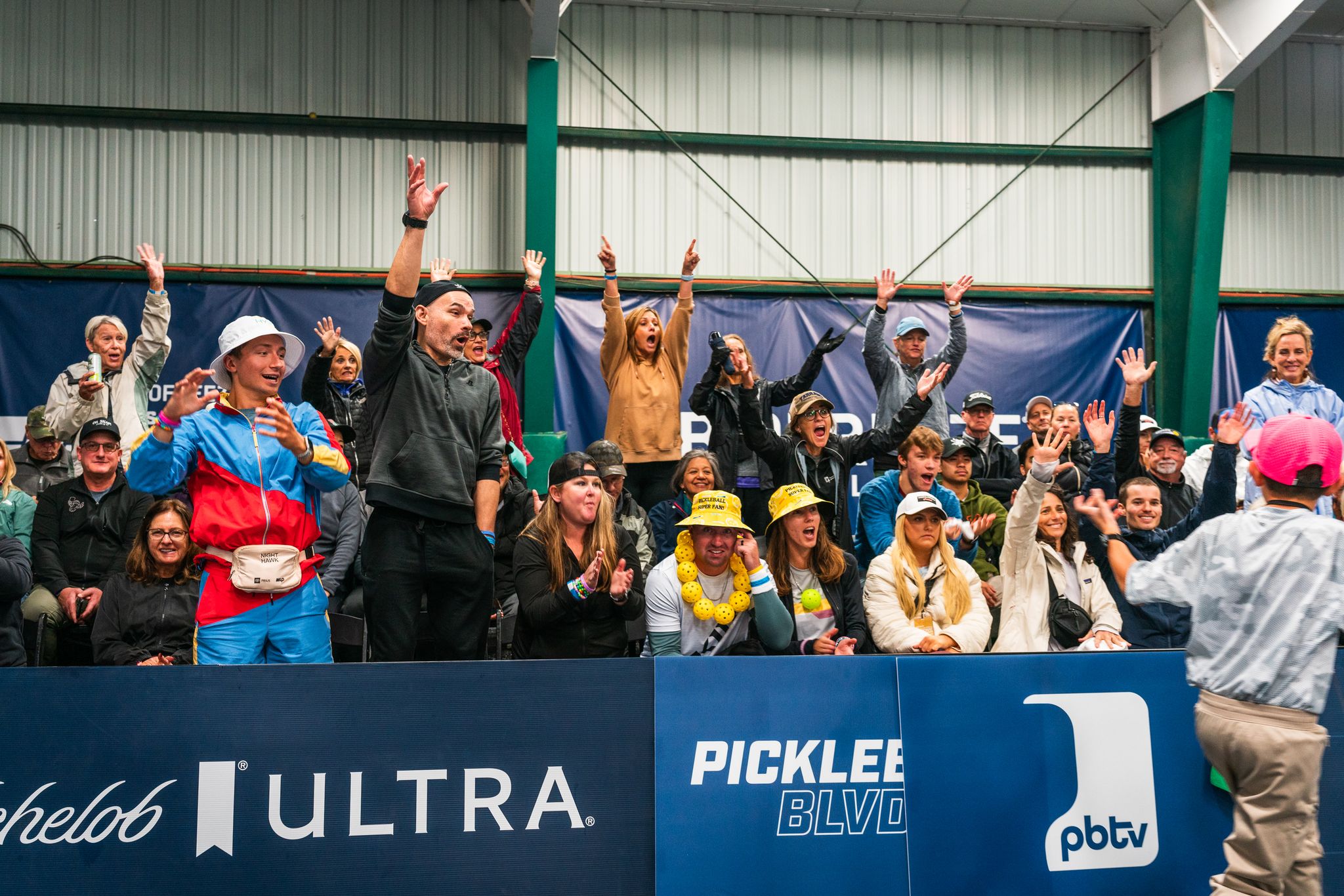How to Practice Pickleball Alone
| July 11, 2023
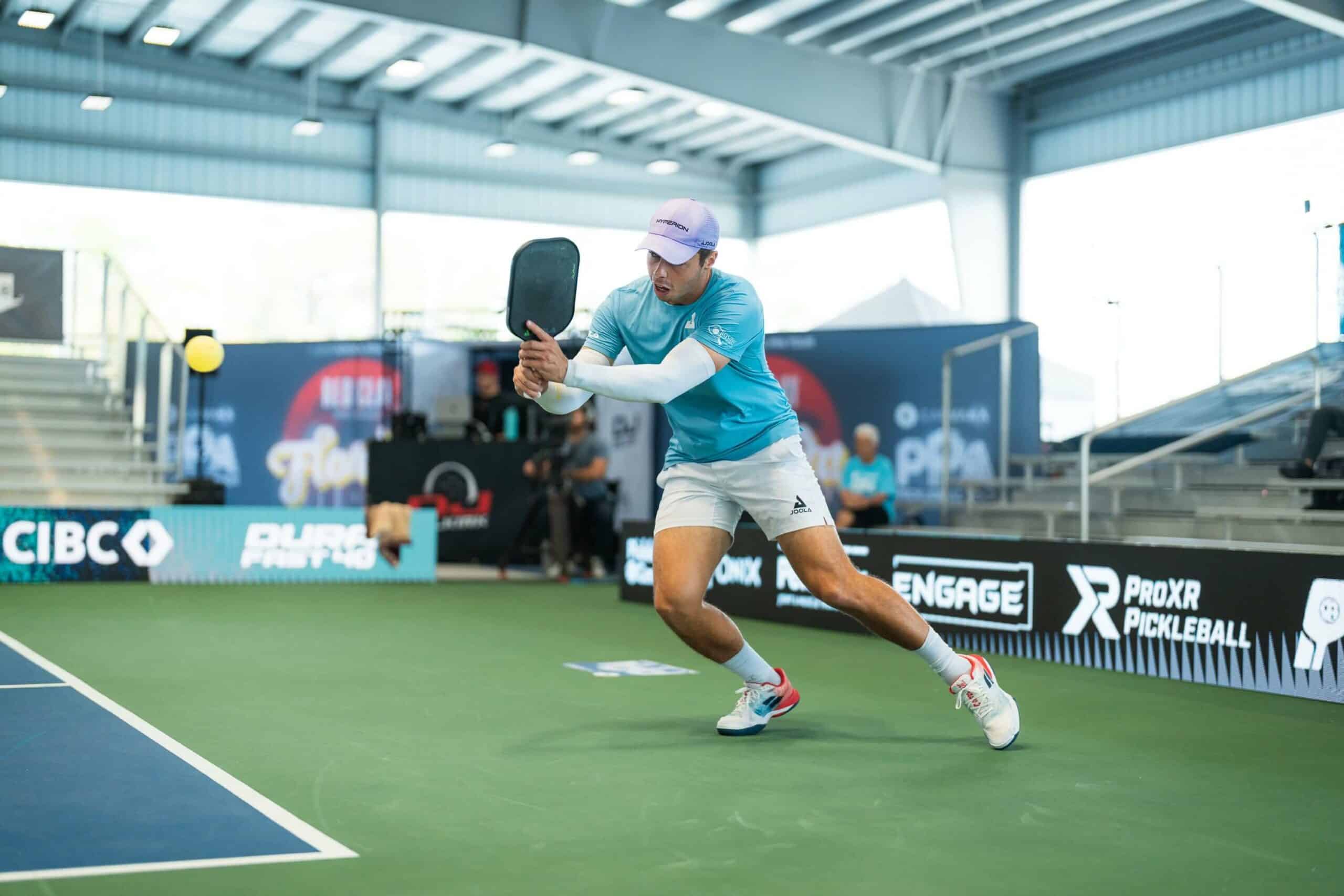
There are dozens and dozens, no, actually hundreds and thousands of videos, tutorials, and an entire internet full of pickleball information. It’s easy to find and easy to consume.
And while there are just as many theories and explanations out there on how to get better, there’s only one simple answer:
You gotta practice. That’s it.
Serves, drills, speed-up shots, slow-down shots, reset shots, smash shots, shots to improve your accuracy, and shots that will help with your agility.
And getting better at pickleball is no different than getting better at anything else. You can’t depend on anyone else. You have to put the work in on your own.
It’s not always easy to find some friends, or even random people to play when you want to play, so while playing lots of games against lots of people is one way to have a lot of fun with pickleball, if you truly want to get better at pickleball, you have to practice, and practicing alone is a great way to improve in a hurry.
And the good news is, if you are practicing alone, it doesn’t take a lot of money or equipment or making sure your schedule lines up with someone else’s. All you have to do is put in the time, the work and the results will follow.
Beginners: How To Practice Pickleball Alone
Get yourself a ball and a paddle and find a wall. Literally, that’s it.
Of course, you can add more elements, and we’ll get to that, but as long as you have those first three things, you’re good to get started.
If you’re a beginner and are just getting into the game, don’t worry about anything specific. Just find a flat wall. It doesn’t have to be specially designed for pickleball. Any wall will do.
Stand a few feet away from the wall and drop the ball on the ground, hit the ball gently with the paddle, and hit toward the wall. That’s it. Slow and steady. See how many you get in a row without stopping. Try for a minute. Or five. Or however long.
Get the feel for how the ball reacts off the paddle and how it comes off the wall.
What do you notice? What makes a shot more difficult to return against the wall? What makes a shot easier to return against the wall?
Work on hitting forehand shots. Work on hitting backhand shots. Think of this “warm-up” as cooperative, not competitive. Work on hitting the ball directly off the wall without letting the ball touch the ground. Work on shots that bounce high and then work on shots that bounce low.
Spend time and energy keeping your eye on the ball. Focus on making sure the ball hits the middle of the paddle. Focus on making solid contact with the ball. The longer you keep your eye on the ball, the more squarely you’ll strike it.
Ready to move on? Let’s get better
Perhaps you’ve played some games with friends and family or spent some time at a pickleball facility and understand all the rules, but are interested in practicing by yourself to sharpen your skills.
Let’s get you going so you can effectively practice by yourself and get better.
On your flat wall, or maybe there’s already one designed for pickleball practice, make sure to draw a line, or tape a line exactly 34 inches high. That’s the standard height for a pickleball net in the center. A pickleball net is 36 inches high on the sides.
Now, designate a line 7 feet from the wall. You’ve now created a non-volley zone. Stand outside the non-volley zone and work on hitting shots above the “net” line. Work on moving your feet appropriately and make sure you’re hitting the ball over the “net” on each and every shot. After you strike the ball, make sure to return outside the non-volley zone and recover and be ready for the next shot.
The wall never lies. If you hit the ball hard, it will come back harder and faster.
Now do the next thing, but this time volley the ball. Work on making sure that the ball is over the “net.” Speed up the ball and stay outside the non-volley zone. Speed up the ball and then slow it down. Changing speeds is an excellent way to simulate actual gameplay. Hit the first shot out of the air, now hit the return shot softly.
What do you notice when you speed up? What do you notice when you slow down? Slowing the ball gives you time to recover and set yourself up for the next shot. Speeding the ball up creates more pressure on your opponent but can also put more pressure on you, as that wall will definitely return the ball back to you at the pace you hit it against the wall.
Simulate different shots. Stand to one side and create an angle. Work on forehand dinks. Grab a basket of balls and don’t even worry about returning each shot. Just concentrate on hitting the ball across the “net” from one end to another. Want to work on your agility? Well, figure out how to start from one side of your court and return it from the wall on the other side of your court. Now do the same thing with your backhand.
Set up another piece of tape 15 feet behind your non-volley zone line. This simulates the distance from the baseline to the net. Now you can work on your drop shots from the back of the court. It also is an excellent way to recognize when you’ve hit the ball too high or too low.
Now move in a step or two. Work on resetting volleys from 20 feet away from the wall. And now 15 feet away from the wall. Want to work on reflexes? Drive the ball with pace from about 15 feet away and then reset the next one to work on changing speeds.
Stand in an open space and visualize the court. Go through all the motions of different shots – drives, dinks, drops, forehands, and backhands. React to the ball coming off the wall like it’s an opponent. Work on all the shots from all angles. It’s consistent practice and practice that comes with immediate feedback. You know right away if you’ve miss-hit a shot or hit the ball too hard or too low.
Moving also helps improve your agility and footwork, both key to getting better at pickleball and both achievable to do by practicing solo.
Other drills
Serving: Stand at your makeshift baseline and work on clearing the “net” higher or lower, faster or slower. Work on creating a spin serve. The wall will let you know how effective it is. Experience with different serves – drive or lob. Try a drop-serve. Add some variety to your individual practice sessions.
Agility, quickness: Pickleball requires a lot of side-to-side movement and changing of direction. Put markers 10 feet apart along your baseline to simulate each side of the court. Work on a shot down the line and then shuffle back to the middle. Do the same shot from the middle and shuffle the other side.
You can work on forward and backward movements as well as diagonal movements. Want to work on your heart rate? Hit a shot, shuffle to the back, and do a few pushups or jumping jacks, lunges, or squats.
Practicing by yourself on a court
You’re heading to the courts and you’ve got a paddle and a basket of balls. You’re alone, but you want to practice accuracy and shot selection. You can do all of this without a partner. No problem.
Dinks and drops: Set up a few cones, or if you don’t have any of those, maybe your backpack or even a chair. Put them just inside the non-volley zone and drop the ball to yourself, work on your drops from the non-volley zone and beyond. Get your shots to hit in front of your target, or right at your target. Now move your target to a different spot along the non-volley zone and try again.
You can achieve this individually, by yourself, without a ball machine or a partner. Try the shot from all spots on your side of the court. Get the feel for shots you might see during a game.
Consistency and deliberate practice are the keys to improvement. Make a schedule, find a wall, a ball, and some time. You’ll get better in a hurry.

